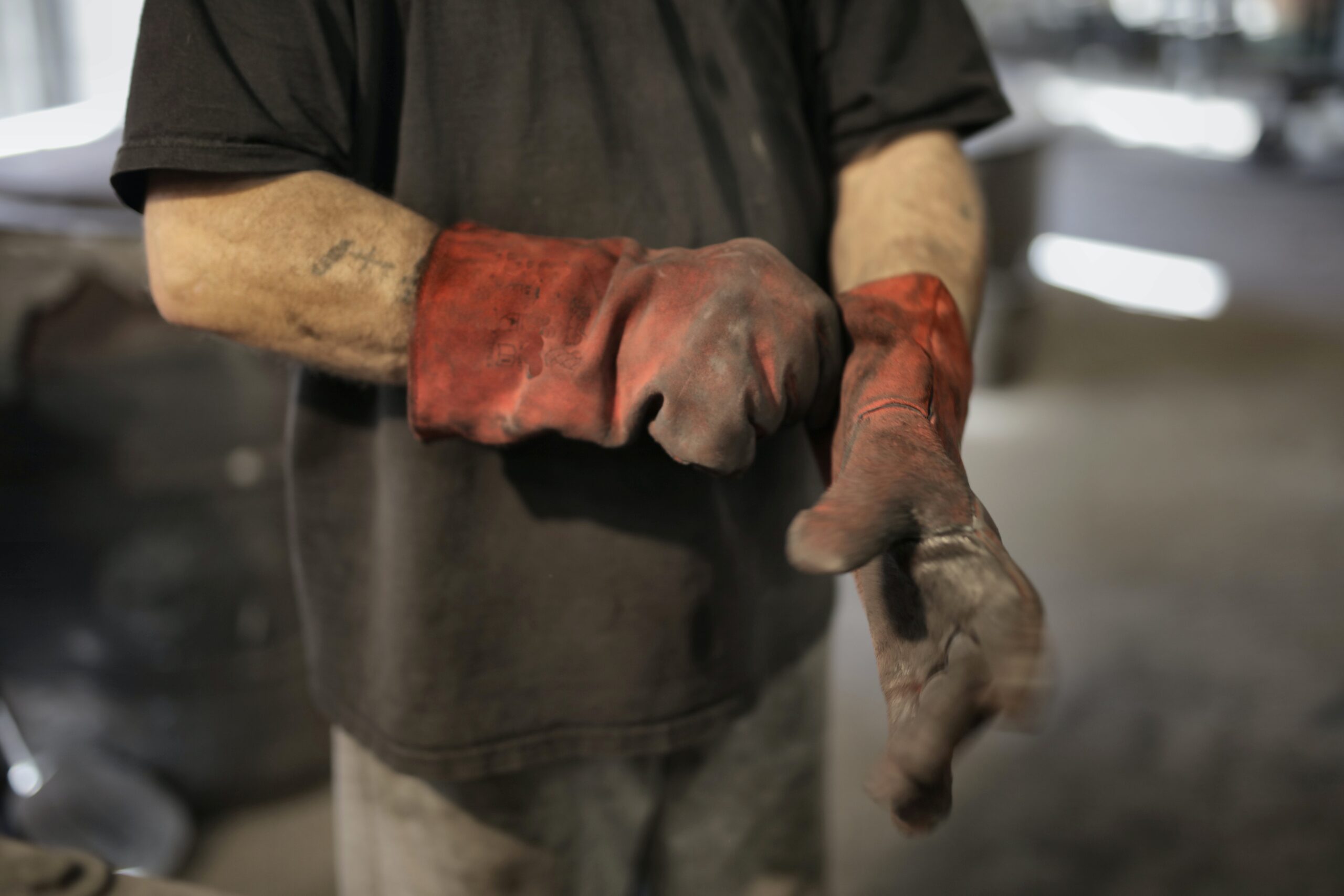In the construction industry, the quality and durability of structures depend on the materials used. One of the materials that have gained popularity over the years is dry mix products. Dry mix products are pre-mixed building materials that only require the addition of water before use. They include a wide range of products such as floor screeds and cement plastering. In this article, we will explore the importance of dry mix products in construction, with a focus on floor screeds and cement plastering.
Floor Screeds
Floor Screeds are materials that are applied to a concrete subfloor to create a level surface for the final floor finish. They are commonly used in residential, commercial, and industrial buildings. Traditionally, floor screeds were mixed on-site using sand, cement, and water. However, the introduction of pre-mixed dry screeds has revolutionized the construction industry.
The importance of dry screeds lies in their consistency and ease of use. Unlike on-site mixed screeds, which can vary in quality and strength depending on the expertise of the workers, dry screeds are pre-mixed to exact specifications. This ensures that the screed has a consistent quality and strength, which is essential for the durability of the final floor finish.
Another advantage of dry screeds is their ease of use. They are supplied in bags, which can be easily transported and stored on site. The bags are then mixed with water using a mixer, which ensures a consistent mix. This saves time and labor compared to on-site mixing, which can be a messy and time-consuming process.
Cement Plastering
Cement Plastering is the process of applying a thin layer of cement-based mortar to walls and ceilings to create a smooth and even surface. It is commonly used in both interior and exterior walls of buildings. Traditionally, cement plastering was done by mixing sand, cement, and water on-site. However, the use of dry mix products has made the process more efficient and cost-effective.
The importance of dry mix products in cement plastering lies in their consistency and strength. They are pre-mixed to exact specifications, which ensures that the plaster has a consistent quality and strength. This is important for the durability of the final wall finish, as weak plaster can lead to cracks and other structural problems.
Dry mix products also save time and labor in the cement plastering process. They are supplied in bags, which can be easily transported and stored on site. The bags are then mixed with water using a mixer, which ensures a consistent mix. This saves time and labor compared to on-site mixing, which can be a messy and time-consuming process.
Moreover, dry mix products are available in a range of different types of plaster, each designed for specific applications. For example, some types of dry mix plaster are designed for use on exterior walls, while others are designed for use in wet areas such as bathrooms and kitchens. This allows builders and contractors to choose the right type of plaster for each application, which ensures the longevity of the final wall finish.
Conclusion
In conclusion, dry mix products have revolutionized the construction industry by providing a consistent, cost-effective, and efficient alternative to on-site mixing. The importance of dry mix products lies in their consistency, strength, and ease of use. Floor screeds and cement plastering are two examples of how dry mix products have improved the construction process, making it faster, more efficient, and cost-effective. As the construction industry continues to evolve, it is likely that dry mix products will become an even more integral part of the process.
